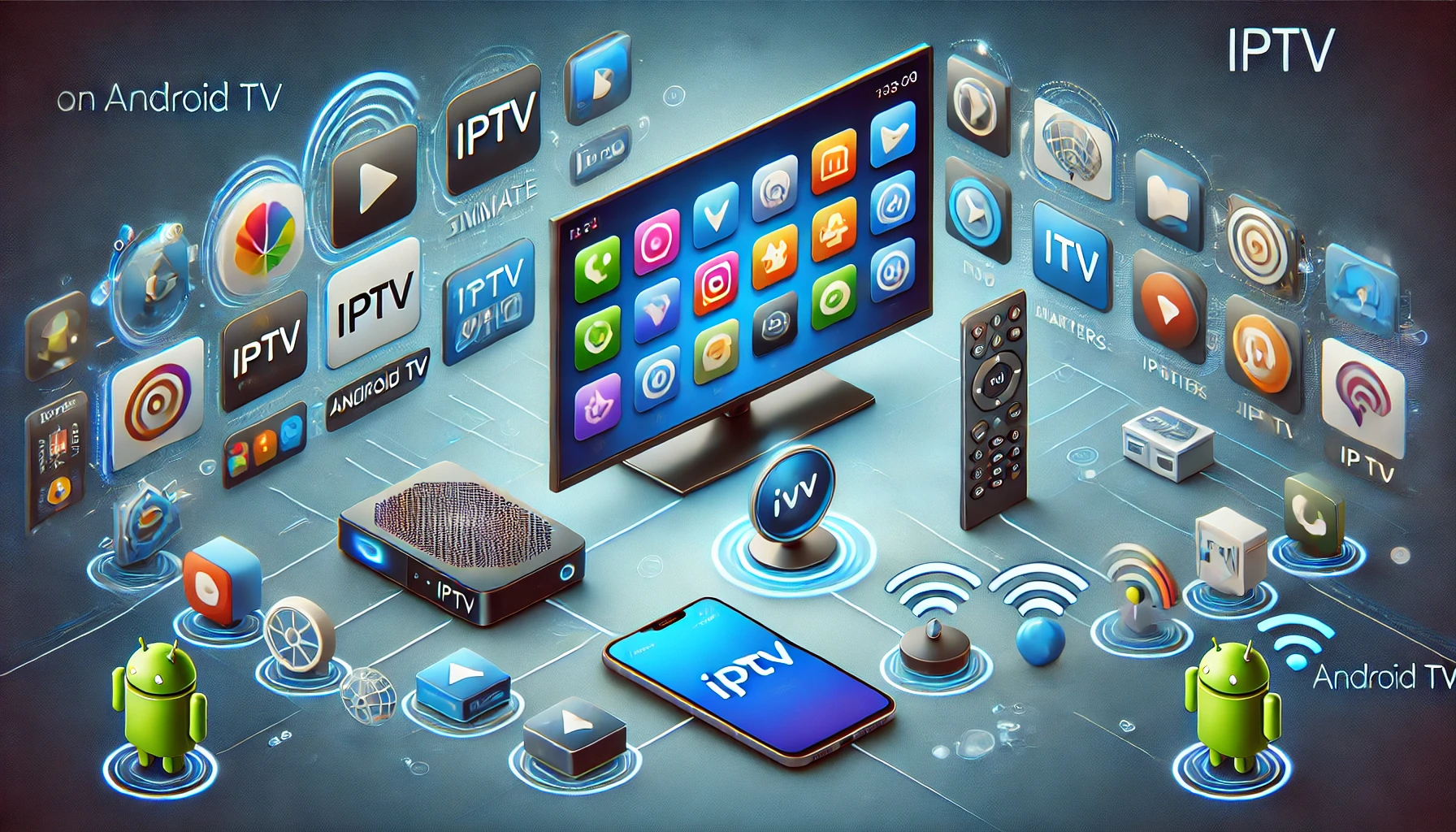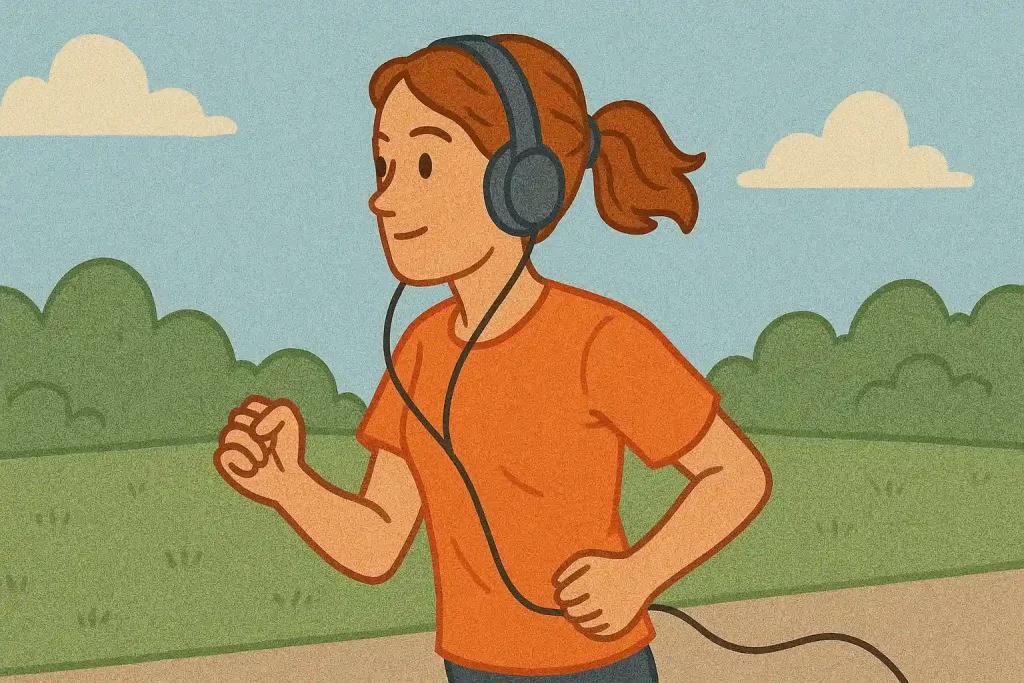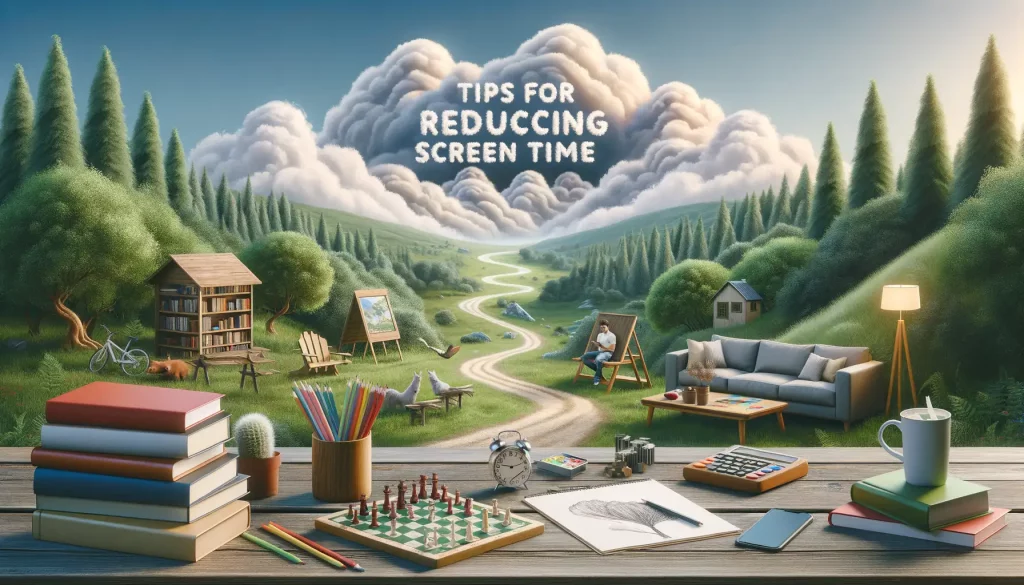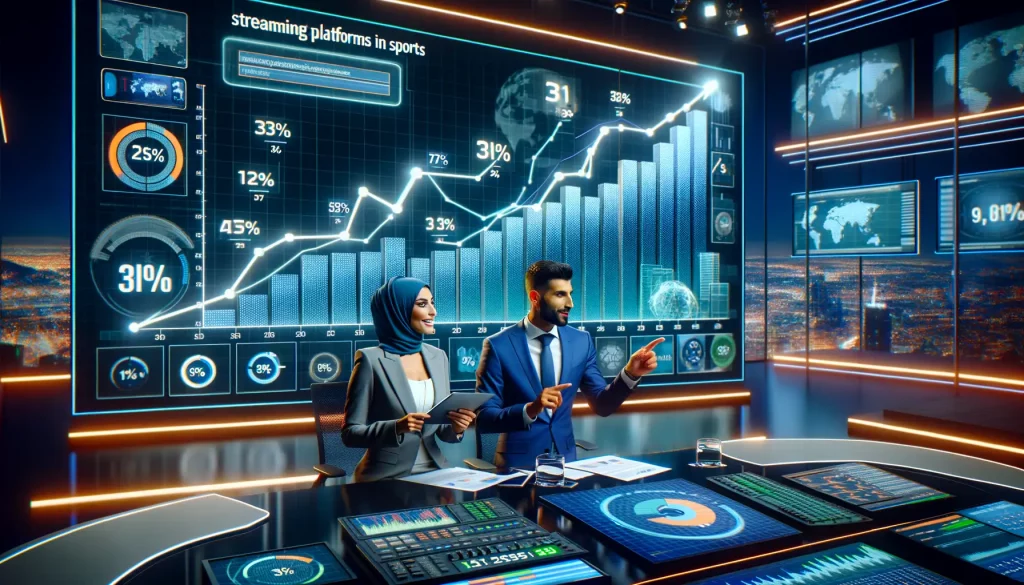Understanding the Rise of Documentaries in the Streaming Age
Why Documentaries Are Stealing the Spotlight
It feels like everyone you know is talking about the latest documentary they just streamed, right? There’s something fascinating about how *real-life* stories are capturing our screens and hearts. But why now? What’s feeding this wildfire of interest?
For one, streaming platforms like Netflix, Hulu, and Amazon Prime Video have handed documentaries a golden ticket to millions of viewers. Gone are the days when you’d catch them on a random TV channel late at night. Now, they’re front and center, vying for your attention next to blockbuster hits and trending series.
And let’s admit it—documentaries today are no longer the dry, slow-paced narrations we grew up imagining. They’re sleek, emotionally jarring, even binge-worthy. Think of the jaw-dropping revelations in “Making a Murderer” or the grandeur of nature in “Our Planet”. Filmmakers have unlocked a formula that blends fact with an almost cinematic drama.
- Shorter run times = easy-to-watch episodes.
- Slick storytelling techniques that rival Hollywood films.
- Topics as diverse as crime, fashion, or planets far beyond Earth.
The rise of documentaries isn’t just a trend; it’s a **cultural shift** towards curiosity, compassion, and the craving to understand the most compelling truths of our world.
Impact of Streaming Platforms on Documentary Production and Distribution
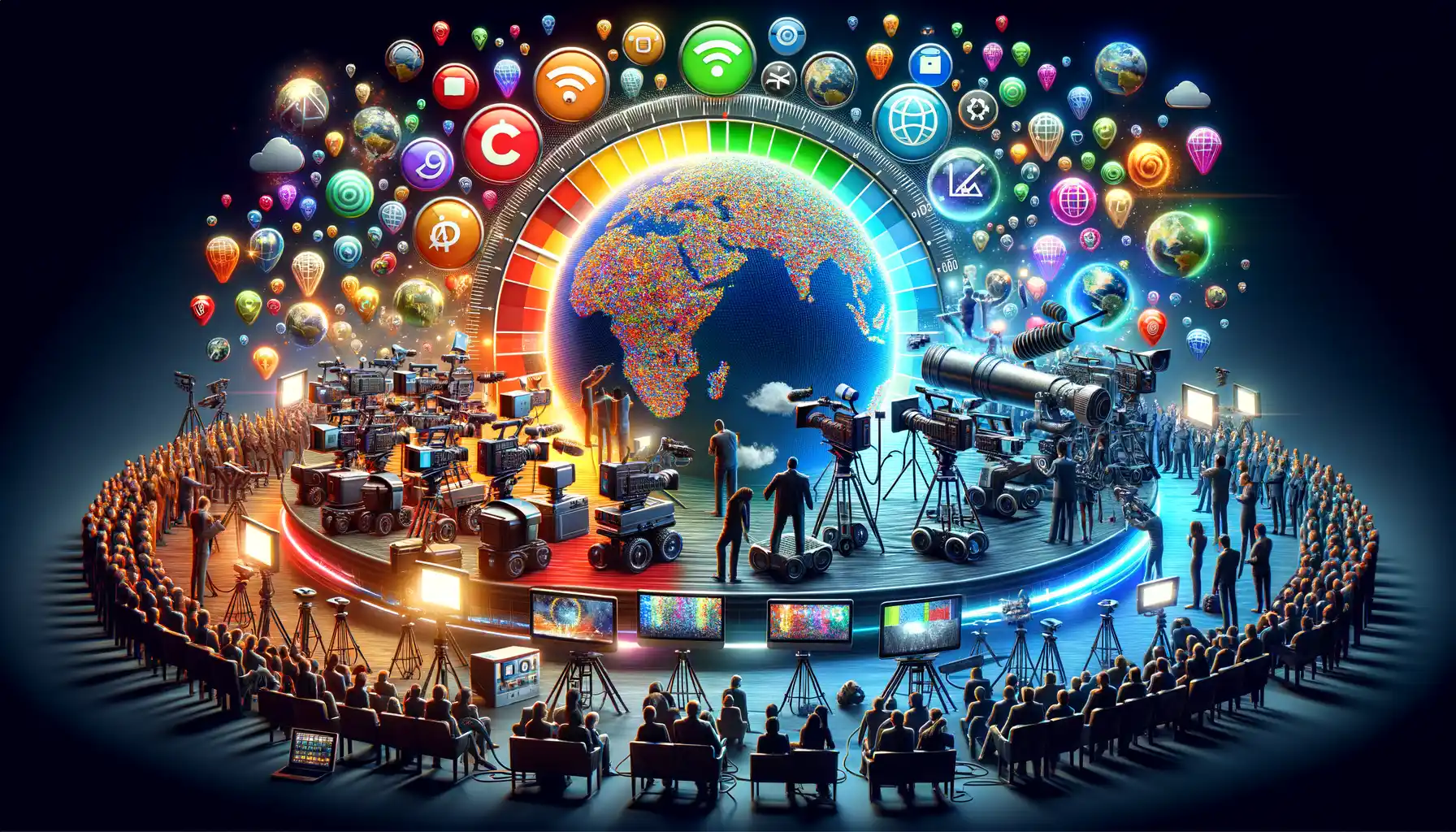
Rewriting the Rules of Documentary Creation
Streaming platforms have thrown open the gates to a vibrant new era for documentaries. Think of it as an electrifying creative storm—one that’s washed away old barriers and replaced them with exciting opportunities. With platforms like Netflix, HBO Max, and Amazon Prime hungry for fresh, thought-provoking content, filmmakers now find themselves dancing in the spotlight like never before.
For starters, there’s the sheer accessibility. In the traditional model, many documentaries would struggle to even arrive at a theater near you, with only niche audiences tracking them down. Enter streaming, and suddenly your slice-of-life indie doc can land on millions of screens worldwide within hours of release.
Then there’s the delicious freedom for creators. Streaming services value risky, unconventional narratives—a gritty exposé or a deeply personal story. This has fueled the rise of distinctive gems like “My Octopus Teacher” and “The Social Dilemma”, proving that documentaries don’t need to fit neatly into a box anymore.
- Increased budgets: More money on the table means breathtaking cinematography and higher production quality.
- Global reach: Your voice can echo from Seattle to Seoul in just a single click.
- Formats that dare to adapt: Episodic storytelling, interactive docs—you name it, streaming makes it possible.
The Odd Yet Beautiful Union of Art and Algorithms
Here’s the twist: streaming doesn’t only elevate creativity. It also brings its cold, data-driven cousin to the party. Algorithms—and yes, they’re watching—play a big hand in determining what gets promoted, shared, or even greenlit. If your topic sparks curiosity (or controversy) within those mysterious data sets, congratulations! Your project might become the next binge-worthy sensation.
But this tech-driven reality also raises questions: What happens to niche subjects that don’t ride the popularity wave? Does every film need to cater to the masses, or is there still room for ultra-specific untold tales? Love it or hate it, the algorithm is a quiet co-director in this new documentary renaissance.
Key Characteristics of Streaming-Era Documentaries
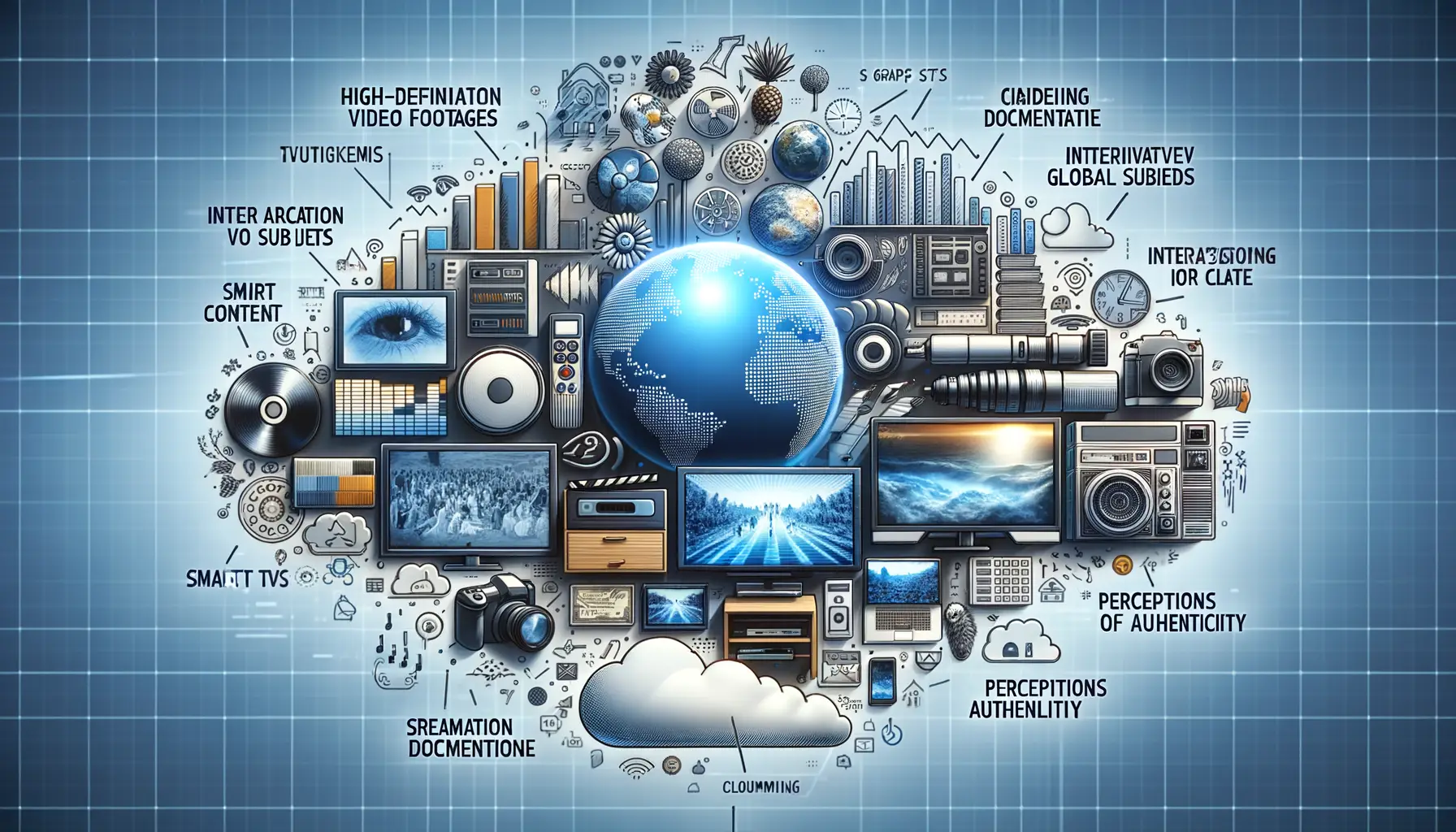
Intimacy and Accessibility Redefined
The streaming era has transformed documentaries into a front-row ticket to the world’s most private moments. No longer limited to theaters or late-night TV slots, these stories unfold wherever you are—your couch, your commute, or even during a quick lunch break. It’s like having a personal storyteller whispering life’s raw truths directly into your ear.
What’s striking today is the intimate style of storytelling. Documentaries now dive deeper, peeling back more layers of vulnerability, urgency, and emotion. Think of pieces like *My Octopus Teacher*, where it feels like you’re swimming alongside that gentle eight-armed creature or *Tiger King*, which dragged us into its bizarre, jaw-dropping universe. The lens no longer just observes; it invites you in, tea in hand, for a heartfelt chat.
- Creative formats: Episodic series, true-crime anthologies, or hybrid animations bring a fresh rhythm to storytelling.
- Global perspectives: From South Korean food culture (*Chef’s Table*) to Syrian war zones (*For Sama*), there’s no passport needed.
- Interactive experiences: Some platforms allow viewers to vote, choose endings, or explore side-stories for more immersion.
The Data-Driven Revolution
Streaming platforms are like modern scientific labs, fueled by untamed oceans of data. Algorithms now detect what grips your attention, cooking up recommendations so precise it feels borderline psychic. This viewer-centric approach shapes what documentaries get highlighted, how they’re marketed, and even which stories are told.
Picture this: A niche climate change documentary might once have dwindled unseen. Now, thanks to precise analytics, platforms push it straight to environmentally conscious viewers who binge-watch similar themes. The result? A stronger connection between subject matter and audience. It’s storytelling with precision targeting—not just a broadcast but an arrow shot straight toward hearts craving specific truths.
Challenges Faced by Documentaries in the Streaming Landscape
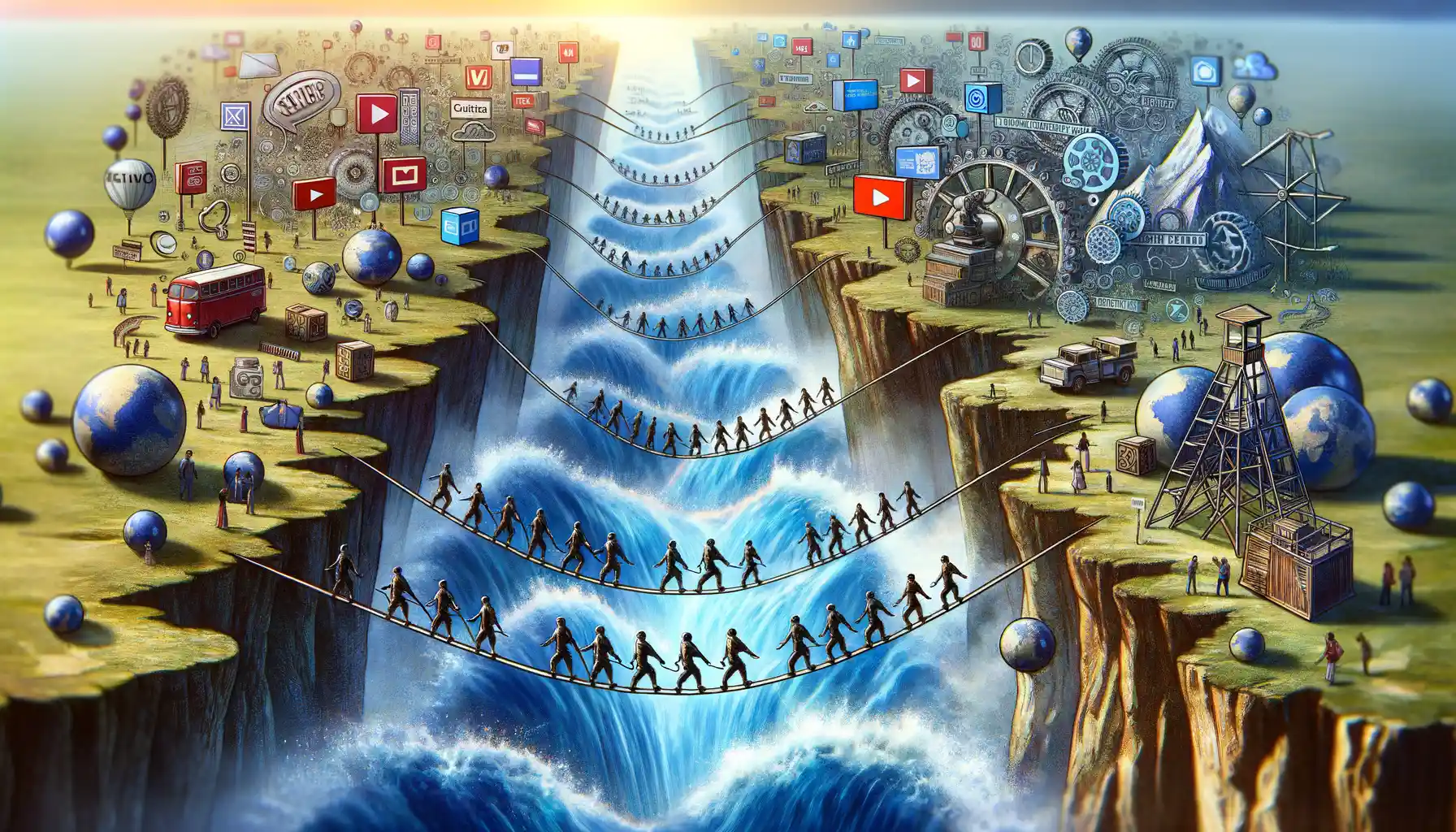
The Tug-of-War Between Visibility and Oversaturation
In theory, the rise of streaming platforms has leveled the playing field for documentaries. But here’s the catch: while there are more opportunities than ever to get a film hosted on platforms like Netflix or Amazon Prime, the sheer *volume* of content is overwhelming. It’s like trying to stand out in an ocean of shows, feature films, and viral mini-series.
For every gripping, socially charged documentary that makes it to the front page, a dozen others vanish into the abyss of forgotten recommendations. Independent filmmakers often feel like they’re shouting into a void, competing against algorithm-driven “must-watch” lists that favor the glossy blockbusters over niche but vital stories.
- Discovery algorithms: They often prioritize mainstream genres over experimental or grassroots docs.
- Marketing budgets: Big studio documentaries can afford splashy campaigns, leaving smaller productions struggling to fund even basic trailers.
A Trial of Authenticity in a Clickbait Culture
Here’s another twist: documentaries now flirt with a paradox. The demand is high, yet the pressure to *entertain* can sometimes dilute their mission. Take the rise of “docu-drama,” where facts are padded with dramatic tension to keep viewers hooked. Sure, it works—but does it compromise integrity?
And let’s not forget the expectations of binge culture. Documentaries are being molded into episodic formats, each cliffhanger engineered to make you hit “Next Episode.” As thrilling as this can be, does squeezing complex issues into bite-sized chunks rob them of their depth? It feels like asking a poet to perform slam poetry at a circus—entertaining, but at what cost to the craft?
Future Trends in Documentaries and Streaming Platforms
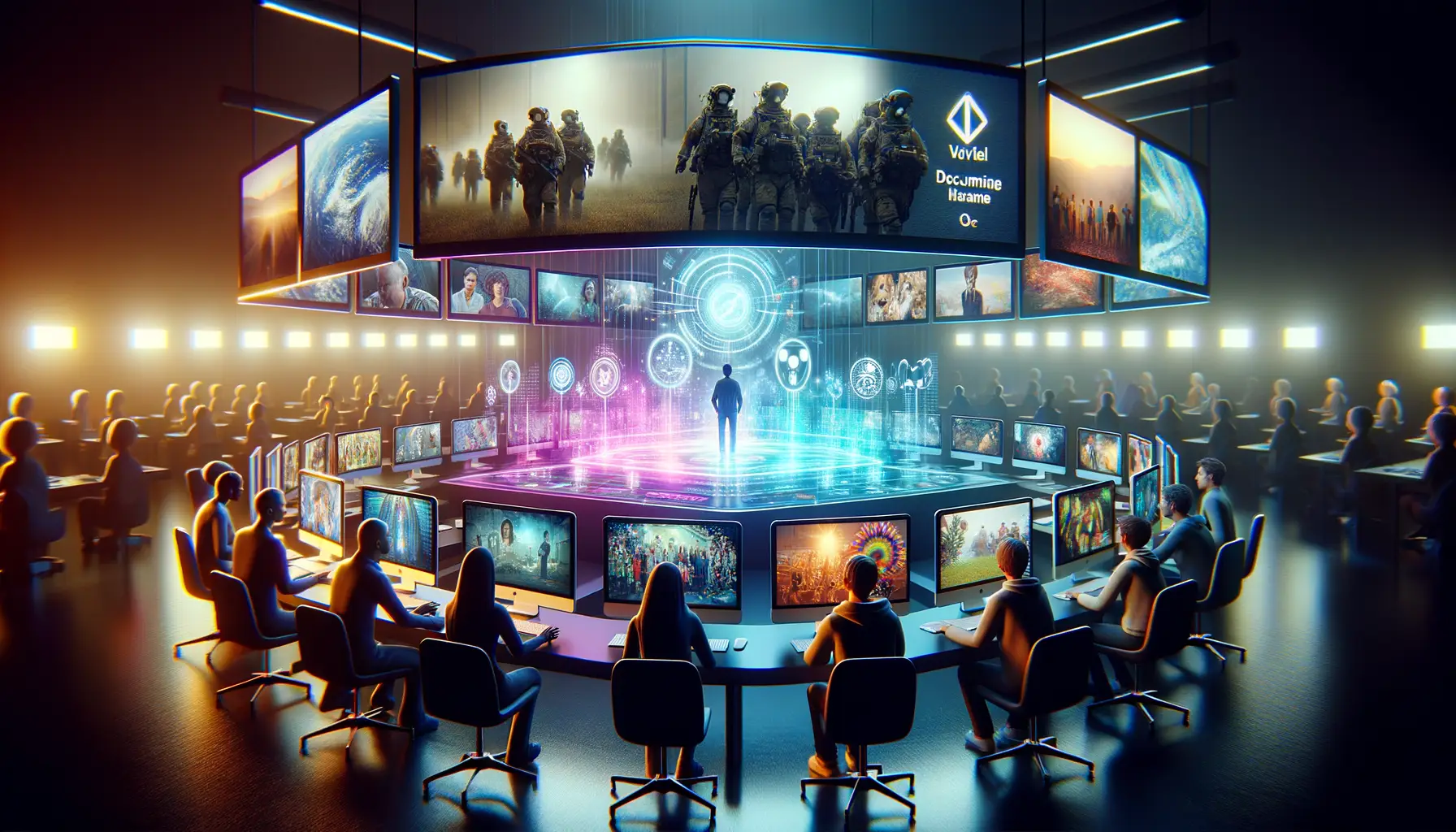
Emerging Technologies Reshaping How We Experience Documentaries
The world of documentaries is flexing its creative muscle like never before, drafting futuristic tools straight out of sci-fi novels. Have you ever wondered what it might feel like to *step inside* a documentary? With the rise of VR (Virtual Reality) and AR (Augmented Reality), we’re moving closer to real-time immersion. Imagine walking through the Serengeti with a pride of lions or standing beside activists in a protest—this isn’t just watching anymore; it’s living the story.
Streaming platforms are also jumping aboard the personalization train. AI algorithms are becoming eerily good at customizing your feeds, serving up documentaries you didn’t know you needed. Think of it as a friend who knows your quirks better than you do, offering niche titles like nature-focused slow films or deep dives into obscure history—what’s your flavor?
- Interactive storytelling: Picture being able to pick paths in a documentary, uncovering different facets of the same narrative.
- Short-format docs: Quick, riveting stories for when time isn’t on your side but curiosity still sparks.
As technology finds new ways to bend reality and filmmakers redefine creativity, documentaries may soon become portals that bridge entertainment and raw experience.
The Shift in Streaming Models: From Passive Watching to Active Communities
Here’s something exciting: streaming isn’t just about binge-watching solo anymore. Platforms like Netflix and Prime Video are leaning toward creating hubs of interaction. Companion apps, online polls, and live “watch-along” events are transforming viewers into participants.
Take documentaries centered on social justice movements or environmental crises. These stories don’t end with the credits; they inspire change. Streaming services now embed direct links to petitions, donation pages, or forums where viewers can connect with causes. It’s Netflix meets activism—a combination that’s both heart-racing and empowering.
Meanwhile, niche platforms like CuriosityStream or Docsville are fostering micro-communities of enthusiasts who bond over shared interests. These spaces feel more like lively salons than faceless subscriptions. The future? A little less “lean back and relax” and a lot more “stand up and engage.”

